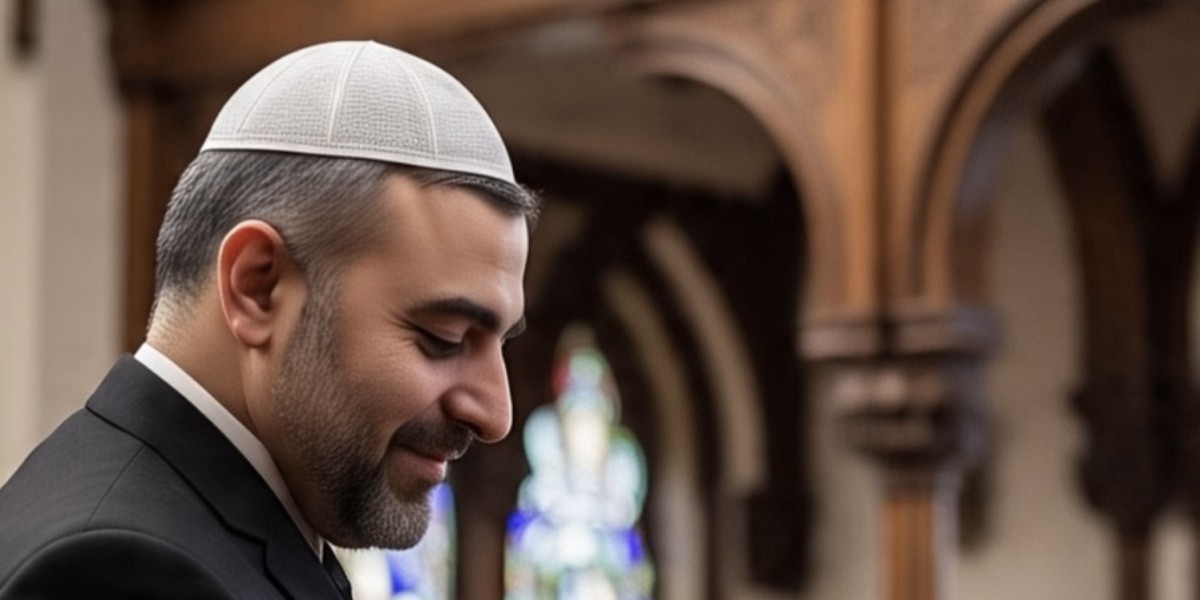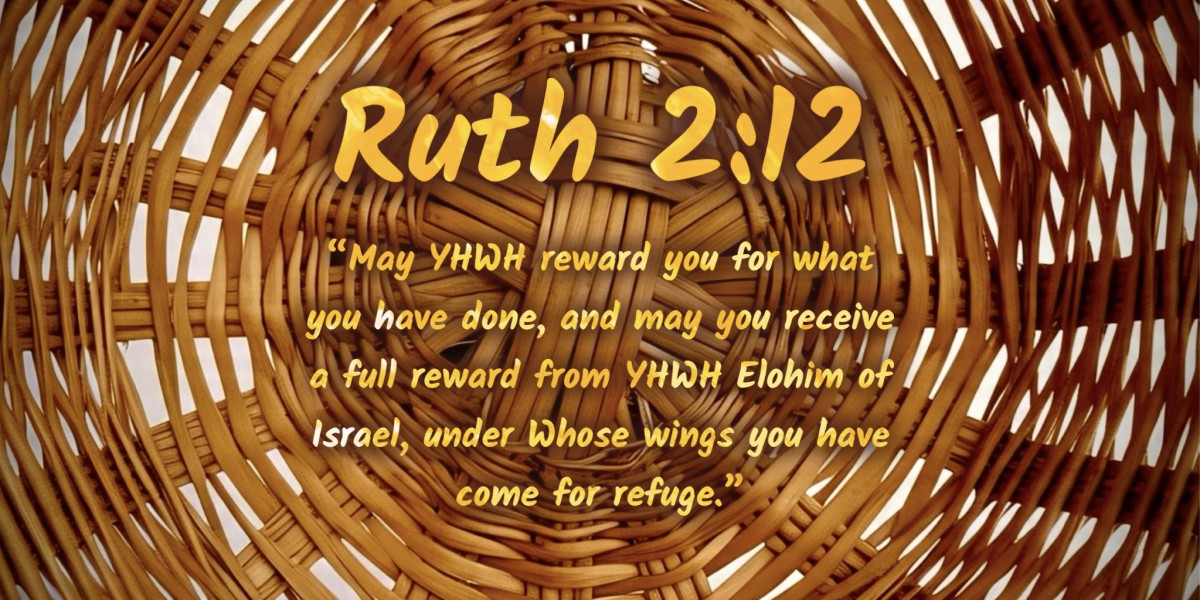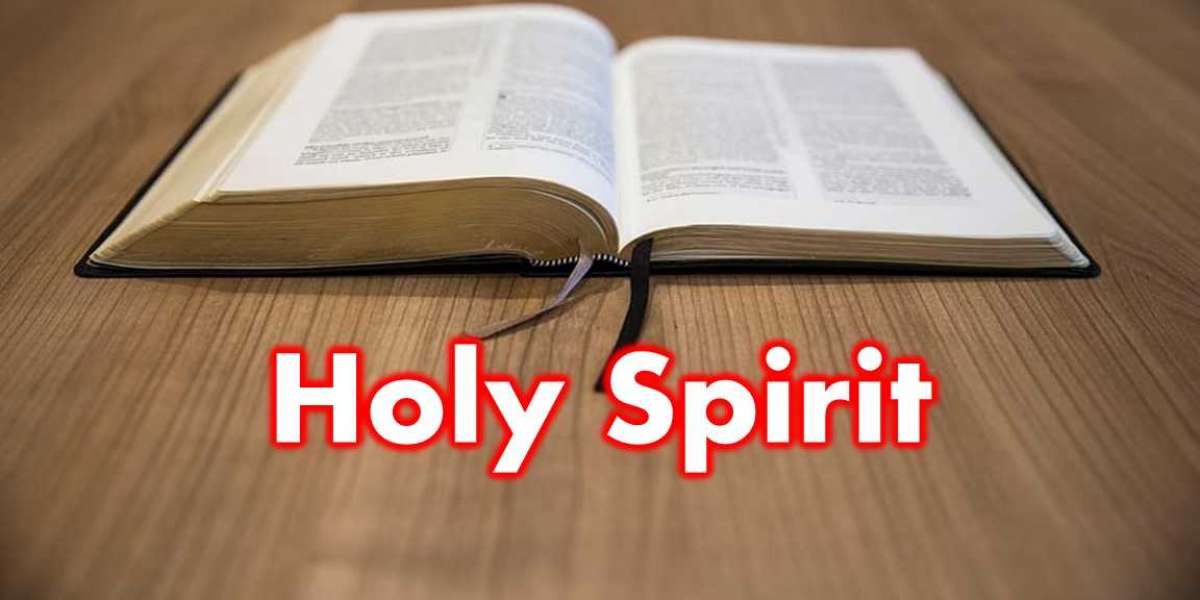Within the Messy-anic movement one of the major mistakes many converts make is the mimicry of modern Judaism. Thoughtlessly and without inquiry, Jews who come to believe in Yeshua usually add Him to their existing rabbinical practice, and Christians acquiring biblical principles mistakenly add rabbinic tradition to their Christian custom.
One such foolish habit is the wearing of the frisbee hat as a matter of faith.
The retcon is that this strange little skullcap is a sign that the Creator is above the wearer and the one under the hat is subject to His will.
The reality however is that this hat began as a foreign Medieval secular cultural tradition of Eastern Europe only becoming Jewish in the 17th and 18th centuries.
It was not adopted because it was holy but because it was common.
The yarmulke (or in Hebrew “kippah”) is traditionally a religious head covering worn by Jewish men, but it origins are entirely secular, and secular and cultural influences, particularly from Eastern Europe, have shaped how it was worn, its styles, and even its name.
The term "yarmulke" supppsedly comes from Yiddish, purportedly derived from the Aramaic phrase "yare malka" (fear of the king), indicating its religious significance, but that is decidedly a backsplanation.
The term “yarmulke” (Yiddish: יאַרמלקע) is of Slavic origin, derived from Polish “jarmułka”and Ukrainian/Russian “yarmolka” or “ermolka” (a skullcap). These Slavic terms referred to a common round cap or head covering that was not exclusively Jewish but were used by various groups in Eastern Europe, including Christian clergy and laymen.
In medieval and early modern Eastern Europe, it was common for men of various social and religious backgrounds to wear such head coverings, especially in colder climates. These exact caps were worn by Christian clergy, peasants, workers, scholars and students aswell as Jews.
Jewish communities in Eastern Europe adopted local styles of dress including these head coverings and only adapted them to contain religious meaning later. Over time, the cap became specifically associated with Jewish identity as the Jews there continued to wear them when they’d fallen out of fashion among the general populous.
While the practice of covering the head for religious reasons has long-standing roots in Judaism particularly in the Talmudic era and earlier, in Eastern Europe, the yarmulke became a visible symbol of Jewishness, especially as Jews were often required or pressured to dress distinctly in certain regions.
Religious Jews wore it as both a religious obligation and a cultural marker, especially in shtetls (Jewish towns). Different Jewish communities in Eastern Europe developed distinctive yarmulke styles influenced by local fashions. Litvaks (Lithuanian Jews) often wore smaller, more formal caps. Hasidic Jews (especially in Poland, Ukraine, and Galicia) often wore larger or velvet yarmulkes, and fur hats called shtreimels, on top during holidays or on Shabbat.
But all in all these styles were influenced by broader regional dress codes, not just religious law, and therefore while jews are welcome to them and all their own traditions, for converts to the Messianic faith, few things could be more inappropriate to adopt for nonjews and to retain for Jews who are accepting Yeshua.
The Way of the Messiah runs separately from that of the rabbis. Though the two roads run parallel at certain points, they are decidedly different paths. Each came from different places and has travelled through separate terrain and is headed to a different destination.
The yarmulka is not of the first century followers of the Messiah. It was not acquired along that path by His people nor was it invented for any means of religious reverence whatsoever.
It’s a secular European tradition of the common man practiced by Jews of that region and retained by Jews after it was no longer held in common anymore. And its religious explanation is as fictitious as the oil story of Hanukkah.
The kippa has no inherently real religious significance beyond what has been artificially applied to it. And it has no history with the followers of the Messiah nor has it any function for our kind.
Question Everything
Get Biblical






